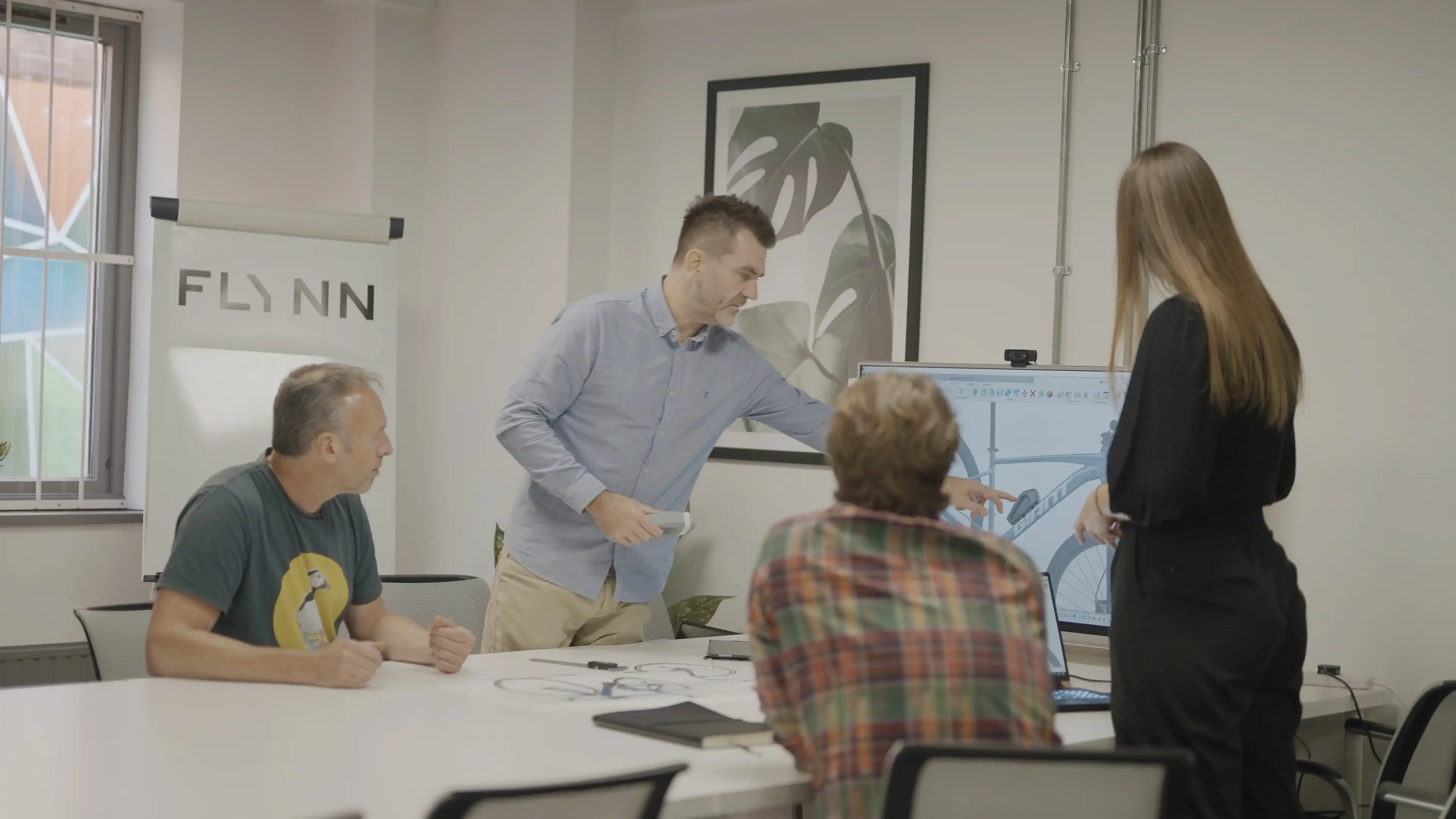What does a Product Designer do?
What does a Product Designer do?
Ask the average person to imagine a product designer and they might picture someone bent over their desk to create the perfect drawing — but this doesn’t do justice to the complexity and versatility of the profession. Working in product design isn’t just about the act of designing. There’s an entire philosophy and mindset beneath the surface, with product designers requiring a head for business, an eye for engineering, and then some.
Let’s settle the question once and for all: What does a product designer do?
What is a product designer?
This is our personal take, many will disagree. In our view Product design focuses on creating and implementing physical and mass-produced products. A designer who makes their own product and sells that product we tend to call a "designer maker". The USA tends to favour the term "product designer" when they really mean UX or Digital product designer. This is because they reserve the term "industrial designer" for physical product design. Purists will argue the distinctions, we feel however broadly speaking industrial design and product design can be used interchangeably.
Product designers work may vary between projects, but using the example of when we created a the topl coffee cup here at Flynn Product Design, our product designers were:
- Researching commercial landscape and user needs
- Meeting with clients to work on ideas
- Concept sketching
- Creating virtual and physical prototypes
- Performance testing of prototypes
- Creating drawings for manufacture
- Collaborating with manufacturing partners
But what marks a product designer’s job isn’t solely these individual tasks — it’s the mindset they need to adopt to execute these tasks successfully.
Behind the engineering
First of all, let’s focus on the side of a product designer’s job that most people see or know about — engineering and designing. On the surface, this involves using software like CAD or CAM, which make it possible to create 3D models and designs. Yet getting these models right requires more than technical knowledge. According to Dieter Rams' principles of good design, it’s vital to marry usefulness and aesthetics while aiming for the simplest design possible. Designers may want to consider aspects such as their social and ecological impact, which is something we value here at Flynn Design. Once they have a design, product designers must evolve it to have a prototype suitable for manufacturing. However, there’s also a lot that goes into the job before and after a design is created.
A philosophy of constant improvement
Before a designer can even come up with a design to engineer, they need to understand the problem they’re solving. This means using design thinking to develop empathy with users and understand their experience. Exactly what problem is a product trying to solve for users? Designers must then imagine a better way to do things so they can solve this problem. To become better at this skill, product designers need to study the world to analyse what works and why. It’s a process that never truly ends. After making a prototype, designers then need to assess whether it represents a genuine improvement — and if not, it’s back to the drawing board.

Design for and because of Business.
None of this will have meaning or value if a design doesn’t come with a solid business case. This work isn’t about creating a design for design’s sake — product designers ultimately aim to increase their client’s market share and profitability.
For instance, a client may want to release a new product range or penetrate a market with a disruptive offering. This is a risky and expensive process, and it can backfire if a product doesn’t help users solve their problem or match their expectations. Therefore, product designer’s need to ensure they’re directing their design thinking and engineering efforts into helping their client make good business decisions.
To boost the chances of success, product designers collaborate with their clients consistently throughout the process, sharing research and going through numerous consultations and research phases.
Pulling it all together
The work of a product designer is tough to define in a few sentences. However, our Director Chris Flynn gave it his best shot:
“The job of the product designer in many ways is Alchemy. How can you take raw materials and bring them together with a value greater than those raw materials? As primates, we instill value to objects with form and function. The job of the product designer is to work with an orchestra of design elements such as human factors, innovation, form, manufacturing, marketing, material science, and ecological elements, and attempt to develop something through an alchemical process we call “design” — a symphony that sounds wonderful. As you can imagine, it’s not easy. But the truth is, it’s a labour of love for me.”
We provide businesses with product design consultancy, industrial design, prototype design & related services.
.avif)


